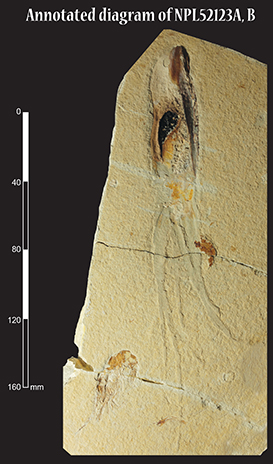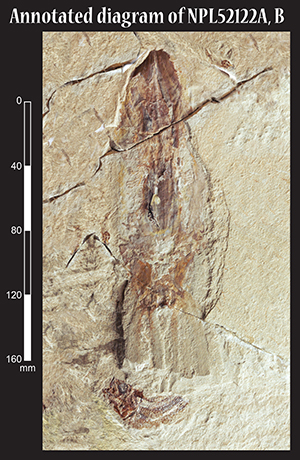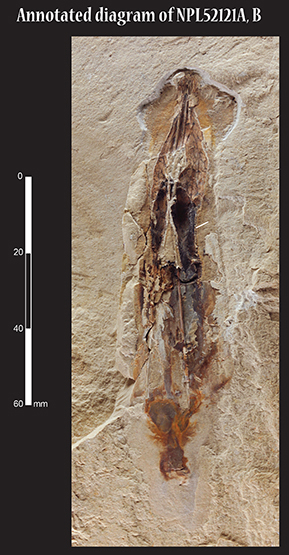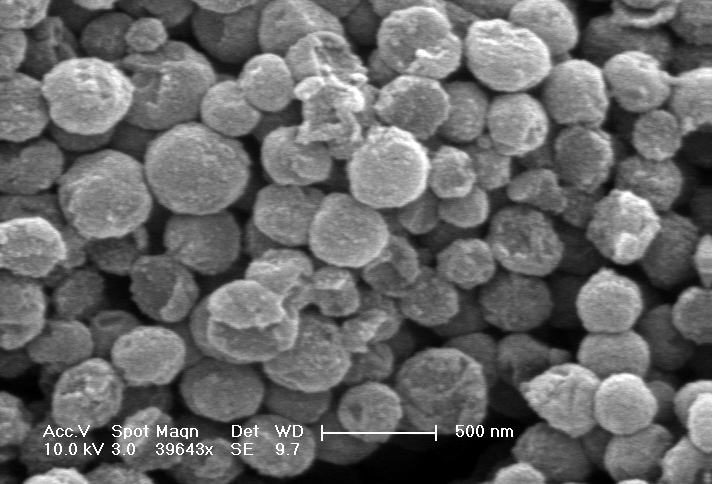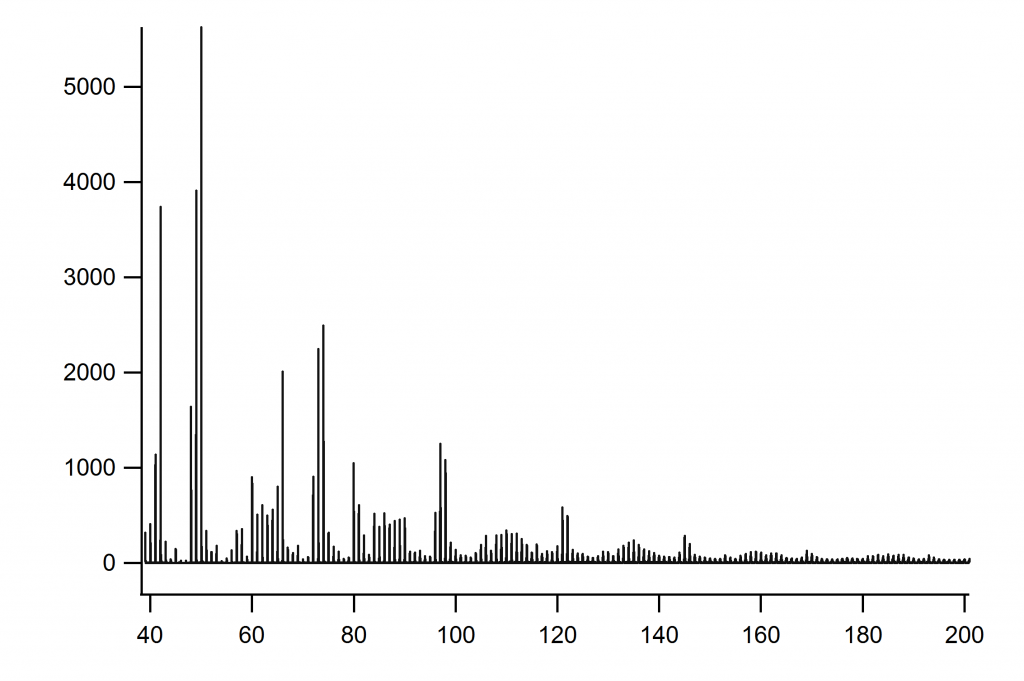Squids: the Cretaceous Ink Well
Not quite as dramatic as this elusive, deep-ocean colossal squid, these small Cretaceous squids (or more precisely, octopods ) featured in the exhibit provide a fascinating window into the biology of the group. Their modern counterparts are also extremely tasty!
PRESERVATION
While being preserved as a fossil is a rare event, preservation of soft tissues is an extraordinarily unusual event because organic material quickly decomposes, leaving no trace of the original complex structures. Where soft tissues are preserved, such deposits are known as Konservat-Lagerstätten. The Cambrian Burgess Shale and Jurassic Solnhofen Limestone are two well-known examples.
The squid specimens on exhibit come from another world-famous lagerstätte, Hakel/Hjoula/Nammoura, in Lebanon. These date from the Cenomanian stage of the Cretaceous, about 95 million years ago.
| TAXONOMYClass: Cephalopoda Subclass: Coleoidea Superorder: Vampyropoda Order Octobrachia Suborder: Teudopseina Family: Tracyteuthididae Genus: Glyphiteuthis |
The finely-laminated micritic limestone layers have produced a notably diverse collection of fish along with crustaceans, less common ammonites and squids, rare plants and occasional echinoderms. Various models have been suggested for the depositional environment of the fauna, but all involve a stratified water column with dysoxic bottom water, resulting in the exceptional preservation of soft tissues.
RESEARCH VALUE
These fossils show us the remnants of the gladius and the beak, the toughest parts of the squid, along with soft tissue details rarely preserved: impressions of the eight tentacles (or arms); muscle tissues; funnel and eye; and perhaps most exciting of all, the ink sac.
Modern squids are renowned for their ability to squirt ‘ink’ to distract predators, and this behavior probably existed in the Cretaceous. The ink can be used for writing. Some researchers in the UK found an even older Jurassic ink sac and were able to create a writing fluid by mixing the particles with an ammonia solution!
Jakob Vinther, a former Jackson School Postdoc, studied the ink in these squid fossils. He compared the preserved organic granules with the structures in modern squid ink and found them to be identical. They were fossil melanosomes containing melanin. Melanin is composed of highly cross-linked structures that are insoluble in water and thus resistant to degradation. From this observation, Vinther and others began to think that fossil melanosomes could be found in other animals. He examined fossil feathers from the Cretaceous Crato Formation in Brazil and concluded that the light and dark bands in these feathers were most likely melanosomes and not bacteria, as previously thought.
The inference of color in extinct organisms (including non-avian dinosaurs) is a research focus of faculty paleontologist Julia Clarke. Marine Mesozoic Konservat-Lagersätten also are of research interest to faculty paleontologist Rowan Martindale, and one of her graduate students is exploring well-preserved squid from the Canadian lagerstätte, Ya Ha Tinda.



